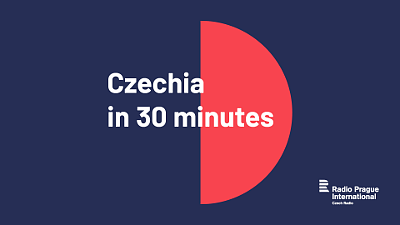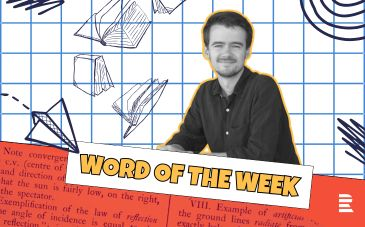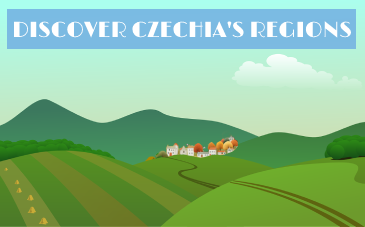Prokop Valley: a natural and historical treasure in Prague
Tucked away in the southwestern part of Prague, Prokopské údolí, or Prokop Valley, is a remarkable blend of history, geology, and nature. This protected landscape, part of the Czech Karst, offers visitors a chance to step away from the city’s busy streets and immerse themselves in a peaceful, rugged environment shaped over millions of years.
A walk through Prague’s hidden wilderness
Despite being surrounded by urban districts, Prokop Valley remains a haven of tranquility. Walking along its well-marked hiking trails, visitors encounter striking limestone formations, sheer cliffs, and rolling wooded hills. The valley’s distinct character comes from its geological past—formed by sedimentary processes in the Paleozoic era and later sculpted by erosion. It’s easy to forget you’re still within the Prague city limits as you follow the Dalejský potok stream, with only the occasional passing jogger or cyclist reminding you of civilization.
The valley has been inhabited since prehistoric times. Archaeological discoveries reveal that early humans lived here as far back as the Stone Age, with pottery shards and tools unearthed at various sites. Later, in the Middle Ages, the valley supported agriculture, hunting, and, most notably, limestone extraction.
From quarries to natural reserve
The valley was one of Prague’s key sources of limestone. One of the best-known sites, Prokop Quarry, once housed the Dalejský Mill, later converted into an inn before being demolished in the 1970s.
The valley’s quarries provided the stone that built much of historic Prague, especially during the 19th-century expansion when demand for construction materials soared. Quarrying declined in the 20th century, and today, nature has reclaimed much of the valley’s landscape, transforming it into a lush, forested sanctuary.
Unfortunately, limestone mining also led to the loss of an extraordinary natural wonder. In 1890, quarrying operations destroyed a 120-meter-long cave containing fossils of mammoths, bears, rhinoceroses, bison, and even early human remains. This cave was also steeped in legend—according to local stories, Saint Prokop once lived here as a hermit and battled the devil in these very rocks. To commemorate him, a Baroque chapel was built above the site in the early 18th century.
The legacy of Joachim Barrande
Prokop Valley holds a special place in the history of paleontology. French engineer and scientist Joachim Barrande dedicated much of his life to studying fossils in this area, describing over 3,600 extinct species. His work was so influential that the geological region between Prague and Plzeň was named Barrandien in his honor. Today, his legacy also lives on in the Prague district of Barrandov, home to the country’s famous film studios.
One of the valley’s most geologically significant sites is Mušlovka, a limestone quarry once rich in fossils. Nearby, the Hemrovy Skály rock complex tells the story of the area’s ancient volcanic activity—formed by the eruptions of an underwater volcano estimated to have been 5.5 kilometers long.
A protected landscape
One of the valley’s most protected fossil sites is Kovářovic Mez, where strict regulations prohibit breaking rocks from the cliffs. However, visitors are allowed to collect prehistoric fossils found on the surface.
Walking through the valley, it’s easy to see why this area remains one of Prague’s most cherished natural reserves. The combination of history, geology, and untouched landscapes makes it a must-visit for anyone looking to explore a different side of the city.
Prokop Valley Fact Box
- Prehistoric Era: Fossilized remains of mammoths, bears, rhinoceroses, and early humans found in limestone caves.
- Middle Ages: The valley was used for agriculture, hunting, and resource extraction.
- 18th century: A Baroque chapel was built above a cave, linked to the legend of Saint Prokop battling the devil.
- 19th century: The valley’s limestone quarries supplied materials for Prague’s rapid expansion.
- 1890: Quarrying destroyed a 120-meter-long cave containing prehistoric fossils.
- 20th century: Quarrying declined, and the area was transformed into a nature reserve.
- Paleontology: French geologist Joachim Barrande documented over 3,600 extinct species from the valley, leading to the naming of the Barrandien geological region.
- Today: A protected nature reserve with hiking trails, geological sites, and stunning landscapes, offering a peaceful retreat within Prague.





















